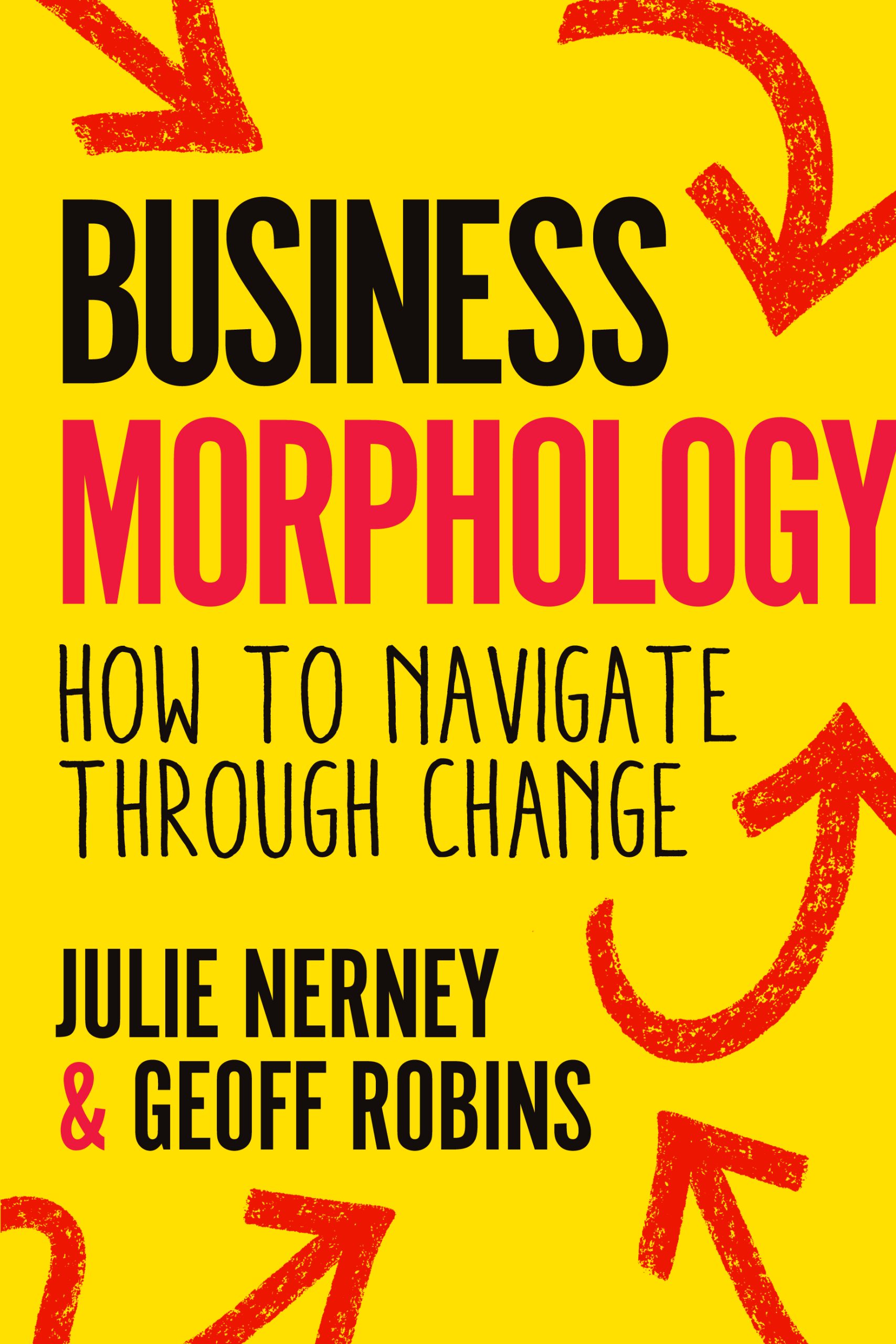The book begins with a stark reminder of those business who failed to change and paid the ultimate price, e.g., Toys R Us, Blockbuster, Woolworths, and whilst their downfalls stemmed from unique factors, the book contains a common factor of them all being too slow to fully recognise the threats in front of them and being too slow to react.
It then rightly highlights that prior to any successful strategy and business change (the “how”), organisations must first have absolute clarity on their purpose (their “why”) and their vision, outcomes and objectives (the “what”).
At its core, the book introduces the concept of morphology (and morphological thinking) as a more informal and organic concept than the word ‘change’, which can be associated with greater formality and structure. The book also strongly asserts the criticality of planning – but iterative planning with flexibility and contingency – which I fully agree with. The ever-changing world is not an excuse for the absence of or poor planning.
The book dissects the complexity of morphing (business change) and simplifies it into five change levers – modifying your operating model; product or service diversification; mergers and acquisitions; people; and culture. It reinforces the importance of the last two of these five in achieving any successful business change.
For each lever, the book shares ‘morphology maps’ focused on what you can control and influence in any business change; each map serving to help the reader further challenge, shape and prompt their thinking and development of their subsequent change plans. The book also highlights the criticality of leadership, communication and engagement – which run through the very heart of any successful business change.
Some top tips the book highlights in each of the five change lavers:
- Modifying your operating model – don’t change you operating model in functional isolation; always seek simplicity and efficiency and drive out complexity; always start with understanding the root cause problem or opportunity; every change programme should have four elements of focus – design, delivery, change and benefit; and implementation should consider three continuums – assume versus validate, MVP (minimal viable product) versus perfection; instruct versus own (re people).
- Product or Service differentiation – there is a natural product life cycle from idea generation to decline; the importance of knowing your market, customers and competition thoroughly; always remember to review the internal capabilities required to build, launch and sustain any new product or service.
- Mergers and acquisitions (M&A) – it is often an important enabler for strategic business growth but it has common risks and pitfalls, e.g. unrealistic ROI; stopping the change plan at the point the deal is done; cultural clashes; always be clear on the ‘why’ for M&A and do not get lost in the emotion of M&A as you can always withdraw right up to contract signature if it is not right for your business.
- People – are arguably the most important lever; great leadership is imperative; the requirement to align your employee proposition with the organisational purpose; people change needs to be at a pace that people can get on board; identifying capability gaps and building capability is key along with actively managing people performance too.
- Culture – is the glue of any organisation, it is the DNA; people and culture should be organisational differentiators as they are the two things competitors can never replicate; it can be intangible but requires huge focus for business change to be successful; its owned by the whole Exec not just HR; senior leaders must role model culture but it is then often middle managers who hold the real key to generating the right ongoing organisational culture.
Finally, the book shares some great planning ‘tips’ and reminders such as define your destination and outcomes first (the purpose of any plan is to get you there); be clear on requirements before jumping to solutions; ensure you have the right resources; and review and iterate regularly.
Overall, a very useful, pragmatic book and a worthwhile read and reminder for any senior leader.
Published by Practical Inspiration Publishing
Reviewed by Mark Taylor, Group People Director of Constellation Automotive Group









